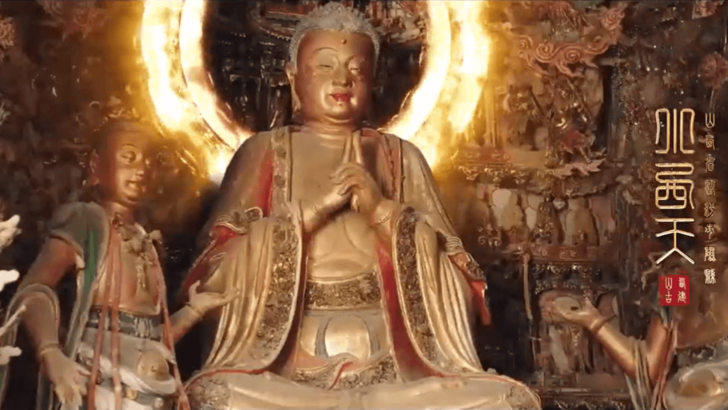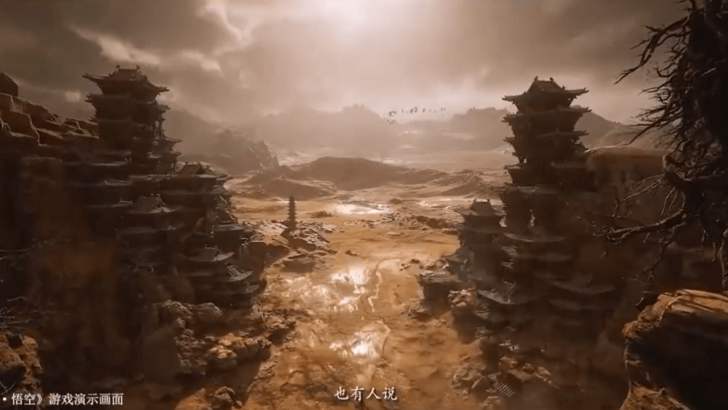
Black Myth: Wukong has catapulted China's cultural treasures onto the global stage, captivating audiences worldwide. Dive into the real-world inspirations behind the game's stunning landscapes and learn how it's boosting tourism in Shanxi Province.
Black Myth: Wukong Recreates Shanxi’s Cultural Landmarks
Wukong Boosts Tourism in Shanxi Province
Black Myth: Wukong, a groundbreaking Chinese action RPG inspired by the classic "Journey to the West," has not only taken the gaming world by storm but also significantly influenced tourism. The game's breathtaking visuals, drawn from real-world locations in Shanxi Province, have ignited a global fascination with the region's rich cultural and historical heritage.
The Shanxi Department of Culture and Tourism has astutely recognized the game's potential to enhance the province's appeal. They've launched an innovative promotional campaign that highlights the very landscapes that inspired Black Myth: Wukong's environments. A highlight of this campaign is the special event, "Follow Wukong’s Footsteps and Tour Shanxi," designed to attract enthusiasts and tourists alike.
"We've been overwhelmed with requests from all over the world, ranging from customized travel routes to in-depth guides," the Shanxi Department of Culture and Tourism shared with Global Times. "We are committed to meeting every expectation with care and precision."
The game itself is a testament to the depth of Chinese culture and mythology. Developed by Game Science, Black Myth: Wukong meticulously recreates an immersive world filled with towering pagodas, ancient temples, and landscapes that echo the beauty of traditional Chinese art. This virtual journey transports players back to an era of emperors and mythical beings, deeply rooted in China's storied past.
Shanxi Province, a cradle of Chinese civilization, is renowned for its cultural wealth, much of which is vividly reflected in the game. A promotional video from last year showcased the game's rendition of the Little Western Paradise, complete with its unique hanging sculptures and the Five Buddhas. In this video, the sculptures seem to come alive, with one of the Five Tathāgatas extending a welcoming gesture to Wukong, hinting at an intriguing, possibly adversarial role within the game's narrative.
While the full story of Black Myth: Wukong remains shrouded in mystery, it's clear that Wukong embodies the "斗战神" or "Warring Deity," a character known for his rebellious spirit in "Journey to the West." This aligns with his legendary imprisonment under a mountain by Buddha after challenging the heavens.
Beyond the Little Western Paradise, Black Myth: Wukong honors other iconic Shanxi landmarks such as the South Chan Temple, Iron Buddha Temple, Guangsheng Temple, and the Stork Tower. According to the Shanxi Cultural Media Center, these virtual depictions are just the beginning, offering a glimpse into the province's extensive cultural tapestry.

Black Myth: Wukong has achieved remarkable success, recently topping Steam’s Bestseller charts and surpassing established titles like Counter-Strike 2 and PUBG. In China, the game has been celebrated as a landmark achievement in AAA game development, further solidifying its place in the global gaming landscape.
Explore the global impact of Black Myth: Wukong by reading the article below!
 Home
Home  Navigation
Navigation






 Latest Articles
Latest Articles










 Latest Games
Latest Games












